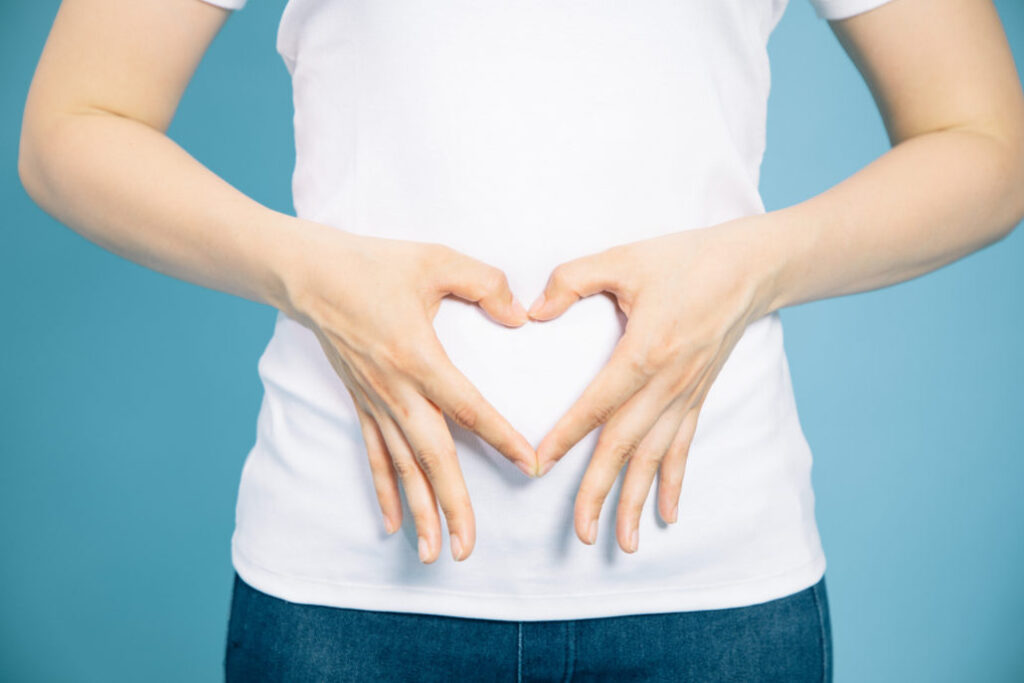
Ovarian Cysts, Polycystic Ovary Disease and Cervical Dysplasia
In Traditional Chinese Medicine, abdominal masses are called Ji Ju. Ji indicates abdominal masses which are immovable, if there is an associated pain, its location is fixed. These masses are due to stasis of blood. We call them ‘Blood masses’. Ju indicates abdominal masses which come and go, they do not have a fixed location and are movable, if there is an associated pain, it comes and goes and changes location. These masses are due to stagnation of Qi. We call them “Qi masses’.
Another name for abdominal masses is Zheng Jia. Zheng being equivalent to Ji, i.e. fixed masses and Jia to Ju, i.e. non-substantial masses from stagnation of Qi. Zheng Jia is normally used in referring to abdominal masses that generally occur only in women; but can occur in men as well, though rarely.
In general, Abdominal masses are due to the heat and cold not being regulated (i.e. exposure to extreme weather). Irregular diet and stagnation of the Qi of the Yin organs, If they do not move they are called Zheng; if they are movable they called Jia. ‘Jia’ implies the meaning of ‘false’. This is because these masses can come and go and are not actual masses. Since the time of the tang dynasty eight types of women’s abdominal masses were described as being; yellow, green, dry, blood, fat, fox, snake and even turtle mass.

Causes
Emotional Strain
Emotional strain is the most common cause for the formation of abdominal masses. Anger, especially when frustrated, resentment and hatred can all lead to stagnation of liver-Qi and in the long run, to stasis of liver-blood. The liver channel can play an important role in the movement of Qi in the lower abdomen and in women, Liver-blood plays a big role in the circulation of blood in this area.
Diet
Diet is another important factor in the formation of abdominal masses. Irregular eating or excessive consumption of cold and raw foods may lead to the formation of cold in the lower abdomen. Cold contracts and naturally interferes with the circulation of Qi especially in blood; it may lead to stasis of blood. Excessive consumption of greasy foods, impairs the spleen and may lead to formation of Dampness and Phlegm, Which can settle in the lower abdomen and bring about abdominal masses. There is also a close interaction between phlegm and stasis of blood that one can lead to aggravate the other.
External pathogenic factors
External pathogenic factors are less important in the Aetiology of abdominal masses. The most important pathogenic factor is a external cold which can invade the lower abdomen and impair the circulation of blood eventually leading to stasis of Blood. External dampness may invade the channels of the legs and then creep up to settle in the lower abdomen where, in the long run, it transforms into phlegm and may rise to abdominal masses.

Pathology
Abdominal masses are always characterized by either the stagnation of Qi or stasis of the blood, the former being non-substantial and the latter substantial masses. In addition to stagnation, there may also be phlegm. However, in all cases of abdominal masses there is always an underlying deficiency of Qi. Deficient Qi fails to transport and usually transforms, leading to stagnation of Qi and blood, it allows masses to form.
Masses from stagnation of Qi come and go, which are movable on palpation and change location. If there is pain, the pain has no fixed location and is accompanied by a pronounced feeling of distension. Masses from stasis of blood are fixed in location, they are not movable on palpation and feel quite hard. If there is pain, it is fixed and stabbing in character. Masses from phlegm feel soft on palpation and have a fixed location, there is usually no pain.
Treatment
After being diagnosed by a qualified practitioner, acupuncture will be performed as the treatment of choice and herbal medicines prescribed to support the treatment.
